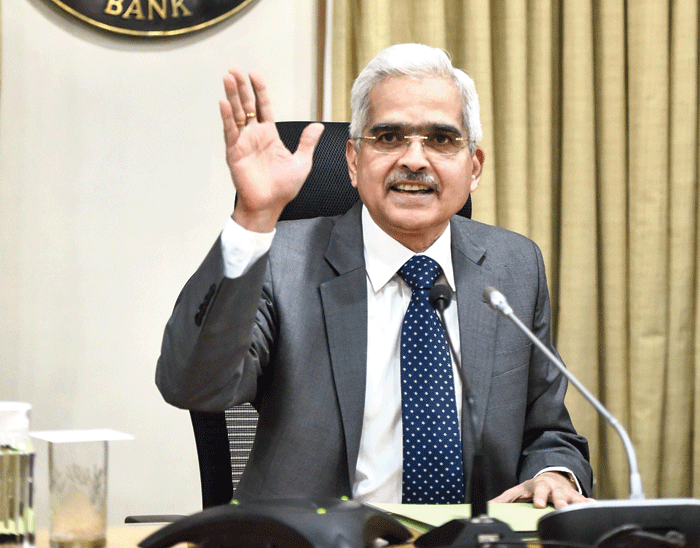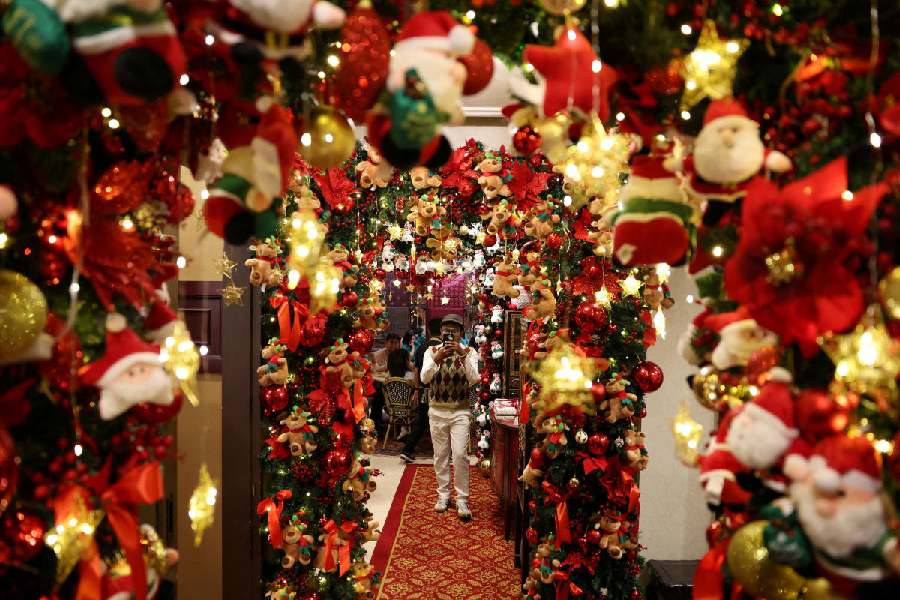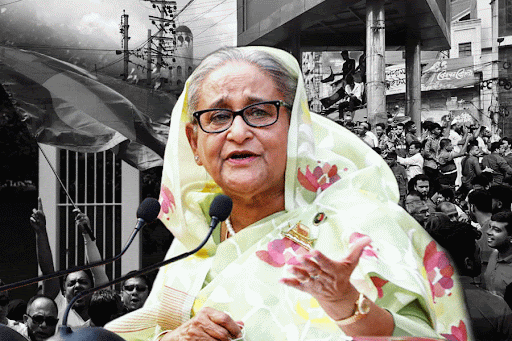The RBI on Friday allowed banks to put on hold EMI payments on all term loans for three months as it slashed the cost of fresh borrowing by cutting policy interest rate by steepest in more than 11 years, joining the efforts of the government to counter the economic fallout of the fast-spreading coronavirus pandemic.
The Reserve Bank of India (RBI), which brought forward by a week the key meeting of the monetary policy committee, also announced steps to boost liquidity worth 3.2 per cent of the Gross Domestic Product (GDP), and said it will retain its accommodative stance as long as it is necessary to revive growth and mitigate the impact of coronavirus on the economy.
The benchmark repurchase or repo rate was slashed by 75 basis points to 4.40 per cent from 5.15 per cent, while the Cash Reserve Ratio—the amount of deposits banks must set aside as reserves—was cut by 100 basis points to 3 per cent to boost liquidity.
The biggest rate cut since January 2009 takes interest rate to the lowest in more than a one-and-a-half decade (lowest since October 2004). The reverse repo rate was reduced 90 basis points to 4 per cent, creating an asymmetrical corridor.
RBI Governor Shaktikanta Das said all commercial banks have been permitted 'to allow a moratorium of three months on payment of installments in respect of all term loans outstanding as on March 1, 2020'.
The central bank, which had cut interest rates by 135 bps in five installments in 2019 last year before hitting pause since December citing high inflation, however, did not give an outlook on India's economic growth as well as inflation saying it 'would be contingent on intensity, spread, and duration of COVID-19'.
Das said the GDP growth projection of 4.7 per cent in January-March quarter, which was necessary for India to achieve a 5 per cent growth rate in full 2019-20 fiscal, is 'now at risk from the pandemic's impact on the economy'.
The RBI measures come a day after the government unveiled a Rs 1.7 lakh crore package of free foodgrains and cash doles to the poor to deal with the economic impact of the unprecedented 21-day nationwide lockdown, the most far-reaching measure undertaken by any government to curb the spread of the coronavirus pandemic that has killed at least 17 people in the country so far.
The lockdown has resulted in the closure of businesses as well as factories and temporary unemployment for thousands of workers. The lockdown followed suspension of train, flight and long-distance bus services last week.
'A war effort has to be mounted and is being mounted to combat the virus involving conventional and unconventional measures in a continuously battle-ready mode,' Das said, adding that the rate cut is aimed at supporting economic growth for as long as is necessary and to mitigate the impact of Covid-19. 'It is worthwhile to remember tough times don't last, only tough people and tough institutions do'.
While Prime Minister Narendra Modi said the RBI announcements will 'improve liquidity, reduce the cost of funds, help middle class and businesses', finance minister Nirmala Sitharaman said, 'the three-month moratorium on payments of term loan installments (EMI) and interest on working capital give much-desired relief'.
But the reduced 'interest rate needs quick transmission' to consumers by banks, she said.
The RBI move to slash interest rates as well as boost liquidity through CRR reduction and other measures is an attempt to contain the fallout of the nationwide lockdown that has hurt consumption and investment demand.
'The macroeconomic fundamentals of the Indian economy are sound and, in fact, stronger than what they were in the aftermath of the global financial crisis (in 2008),' Das said, adding the fiscal deficit and current account deficit are now much lower, inflation conditions are relatively benign and financial volatility measured by the change in stock prices from recent peaks and average daily change in the exchange rate of the rupee is distinctly lower.
While the entire six-member committee favoured an interest rate cut, they differed on the size of the reduction, and voted in a 4-2 split to slash rates by 75 basis points, Das said.
He said the purpose of lowering reverse repo was to 'make it relatively unattractive for banks to passively deposit funds with the Reserve Bank and instead, to use these funds for on-lending to productive sectors of the economy'.
'The MPC noted that macroeconomic risks both on the demand and supply side brought on by the pandemic could be severe,' he said. 'The need of the hour is to do whatever is necessary to shield the domestic economy from the pandemic'.
This was the first time in five years that the RBI has acted outside the scheduled dates for policy meetings. The monetary policy committee (MPC) was originally scheduled to meet on April 1-3. The last time RBI cut rates in an out-of-turn move was in March 2015 following a budget announcement.
Alka Anbarasu, vice-president and senior credit officer, Financial Institutions, Moody's Investors Service, said: 'RBI's guidelines permitting banks and non-bank financial institutions to grant a 3-month moratorium on loan repayments will soften the negative credit impact that the coronavirus has had on their borrowers in the near term. However, there are still material downside risks to asset quality given the halt in India's economy, the impact of which will not be known until a few quarters after the end of the moratorium'.











